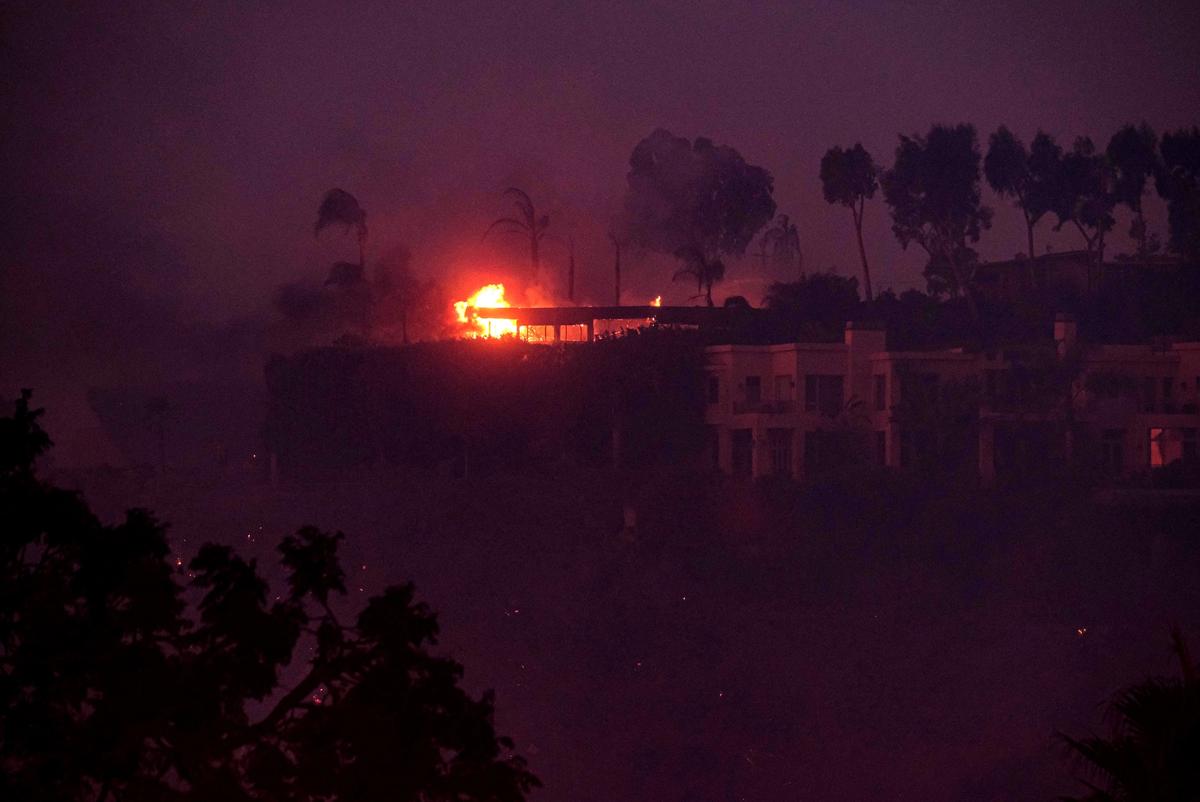With the fast-moving and catastrophic California fires triggering a rapidly growing number of evacuations from private homes and public institutions alike, the demand for emergency art storage is putting pressure on art shipment and insurance firms.
“In times like this, last-minute requests for storage become the norm,” says Christian Bible, the general manager of Cadogan Tate Fine Art Storage in Los Angeles, who just sent three large trucks to Brentwood, an affluent neighbourhood on the west side of the city in which the Getty Center is located, where several clients had evacuated their homes and called for immediate fine-art storage.
While the Getty Museum, Getty Villa and Skirball Cultural Center closed earlier this week, the Ronald Reagan Presidential Library and Museum took evacuation measures yesterday. Now the fire that is but a hundred yards from that institution has tripled in size in mere hours. More museum closures are expected.
“Clients are asking for storage for paintings, art, design, antiques and collectibles but we’ve also been moving large scale bronze as well as marble garden sculpture into storage,” Bible says.
He adds that fire season is becoming more routine and “really normalised” to the point that many insurance firms have grown because of it. Cadogan Tate’s LA facility ten years ago with a staff of four; the firm now has 75 employees.
Simon Hornby, the president of Crozier Fine Arts Inc., who oversees four facilities in Los Angeles as well as ones in other cities, reports that his firm has put in place more pro-active measures in recent years. “Essentially it’s triage and goes beyond art handlers and shippers,” he says. That entails conducting routine site visits, assessing geographical hazards, liaising with conservation studios, creating evacuation plans and much more.
The multinational insurance firm AXA has also been actively advising clients on protecting their art holdings. “So far we haven’t told anyone they should evacuate,” says Jennifer Schipf, who heads up AXA XL’s global fine art division. However, the firm is “reaching out to an unprecedented number of people in California to provide disaster mitigation, prevention and evacuation services”.
Schipf adds that the increasing occurrence of natural disasters across the US is cause for alarm, noting that stronger hurricanes on the East Coast and in the Caribbean have “unfortunately” already spurred the need for client evacuation protocols to be put in place. Now, however, she says the lion’s share of policies and claims are coming from clients on the West Coast.
While Bible says the rise in precautionary policies and art evacuation procedures is unsurprising, pre-emptive planning is not always enough. “Here embers travel very fast and the winds are expected to pick up, which will translate to more fires—access to some areas might become problematic.”


